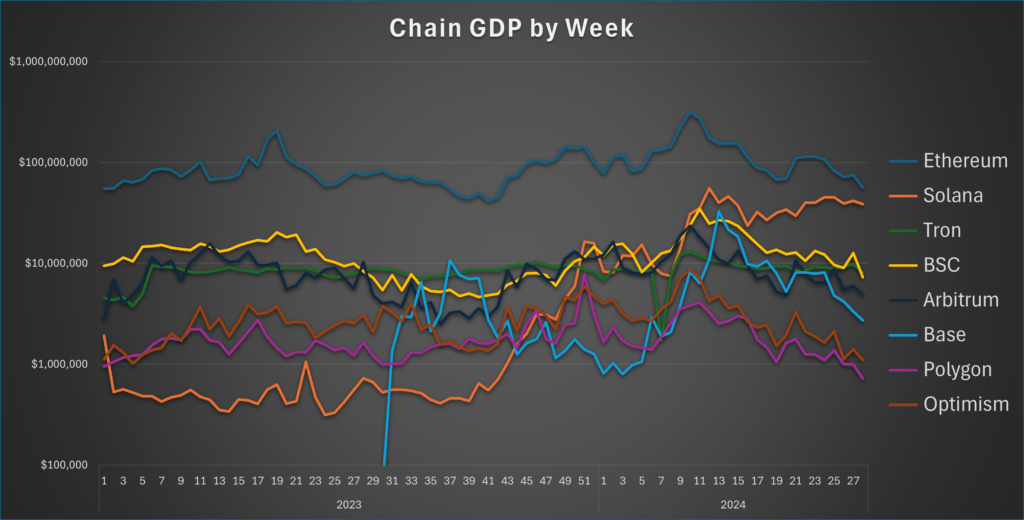Podcast Summary
This episode features a panel discussion on the state compression on Solana, with guests from the Solana Foundation, Helium Foundation, and Tensor. The conversation revolves around the use of compression in storing data, reducing costs, and enabling the distribution of large quantities of NFTs. The panel also discusses the future of compression, its challenges, and its potential solutions. The guests share their experiences with compression, its development, and its implementation in various projects, including the migration of the Helium state into Solana.
Key Takeaways
Understanding Compression on Solana
- Compression’s Role: Compression on Solana is a method of storing data that significantly reduces costs by leveraging a concurrent Merkel tree data structure. It enables brands, creators, and web3 projects to distribute NFTs and create user experiences that were previously too expensive.
- Collaborative Development: Compression was developed in collaboration with Solana Labs, Metaplex, and other ecosystem participants. The original vision for compression came from the need to mint millions of NFTs economically for a company like Instagram.
- Smart Contracts: There are two smart contracts in Solana: the state compression program and the bubble gum program. The state compression program was designed to prevent the creator of the storage box from taking away any NFTs from other people.
- Data Storage: Data in Solana is stored in accounts and in memory on validator machines, while the ledger keeps track of instructions, logs, and arguments. Solana combines on-chain data and ledger data using the mercury structure, which involves hashing a perfectly balanced binary tree.
Compression’s Impact on Helium
- Migration to Solana: Helium successfully migrated its entire state onto Solana, recognizing the platform’s suitability for NFTs and token management. Compression played a crucial role in making the transition possible, as there was a large amount of state that needed to be migrated.
- Use of NFTs: Helium views hotspots as NFTs, representing physical devices that mine Helium tokens and can be transferred and owned. Helium uses NFTs to represent positions in governance and other actions taken on-chain, expanding the concept of NFTs beyond collectibles.
- Cost-Effective Decision: Compression was a cost-effective decision for Helium, as traditional methods would have been significantly more expensive. Using NFTs as receipts for on-chain actions provides transparency and helps users keep track of their positions and setups.
Adoption of Compressed NFTs on Marketplaces
- Marketplace Support: The discussion shifts to the adoption of compressed NFTs on marketplaces, with Tensor being one of the first major marketplaces to support them. The decision to build a marketplace for compressed NFTs was driven by the desire to explore features unique to Solana and not replicate existing features from other blockchains.
- Need for Fast Transactions: The speaker emphasizes the need for cheap and fast transactions, as well as a mechanism to store a fraction of the data on-chain for verification purposes. Building the compressed NFT feature involved overcoming challenges and reminded the speaker of the early days of Solana, with a single large Discord channel for communication.
Challenges and Future of Compression
- Early Challenges: The discussion revolves around the challenges and issues faced when compressing data, particularly in the early days of Solana. The migration to someone else’s state, specifically the Solana network state, raised concerns about the security and control of the network.
- Future Developments: The formal launch of the product is still relatively recent, and improvements and tools are expected to be developed over the next two years. The minimal cost of issuing a digital asset via compression has sparked interest and conversations with big enterprises.
- Impact on Enterprises: Enterprises are likely to change the types of products they can build with blockchain technologies, thanks to the cost-effectiveness of compression. The ability for consumers to use digital assets with zero fees and easily receive and store them in wallets is a game-changer for the industry.
Sentiment Analysis
- Bullish: The overall sentiment of the podcast is bullish. The panelists express optimism about the potential of compression on Solana, highlighting its cost-effectiveness, scalability, and its role in enabling the distribution of large quantities of NFTs. They also discuss the successful migration of the Helium state onto Solana, indicating confidence in the technology.
- Neutral: While the panelists are generally positive about compression, they also acknowledge the challenges and issues faced in its early stages. They discuss the need for more tools to make it easier to reconstruct trees and index compressed NFTs, indicating a balanced view of the technology’s current state and future potential.










